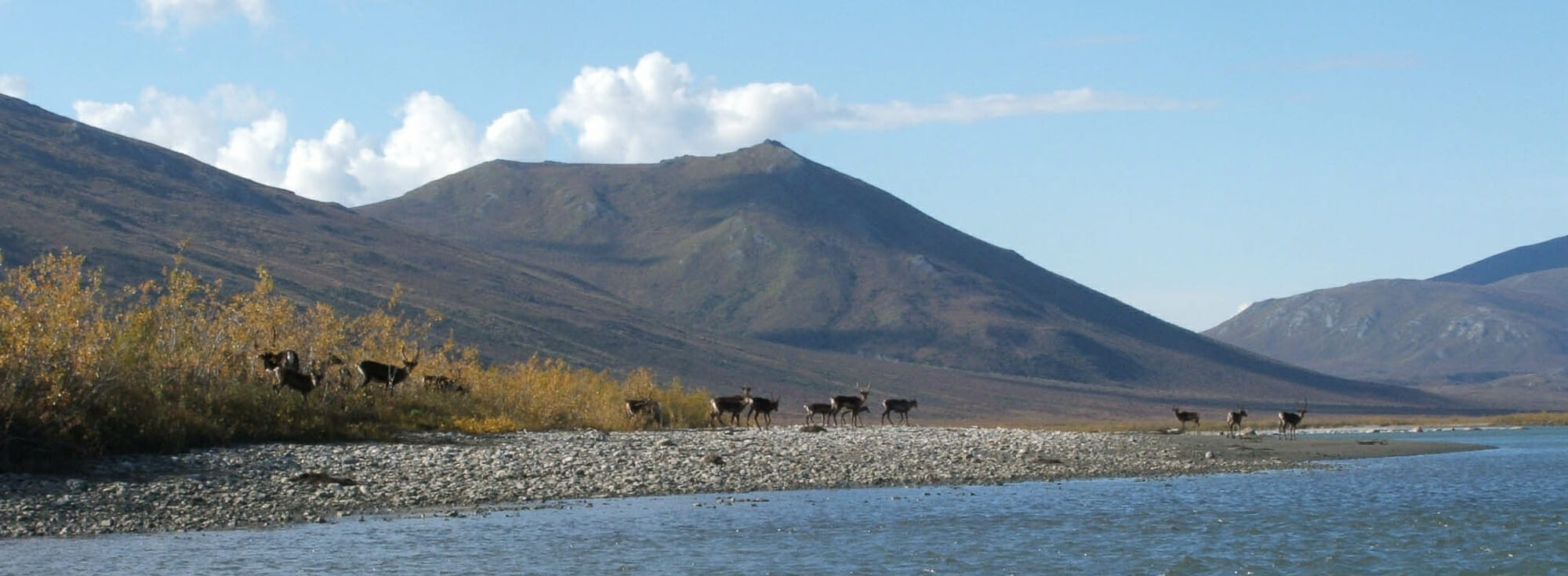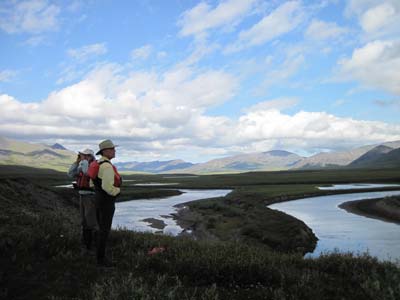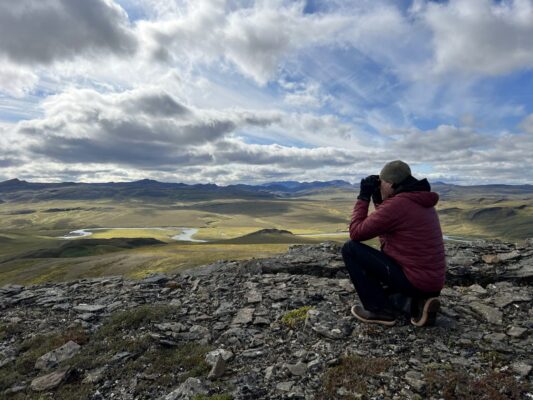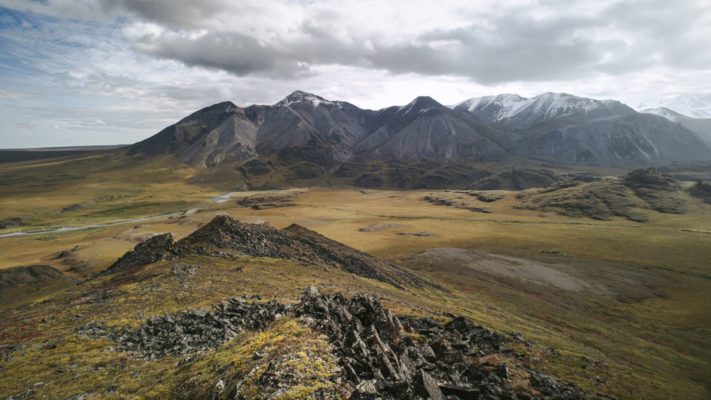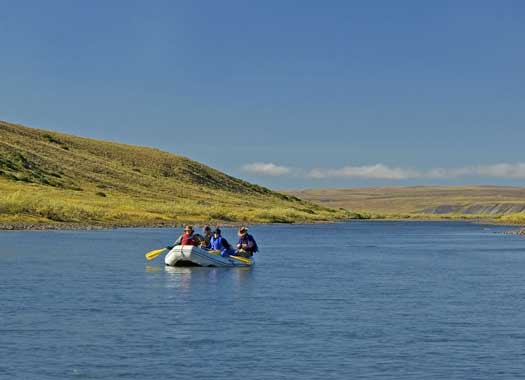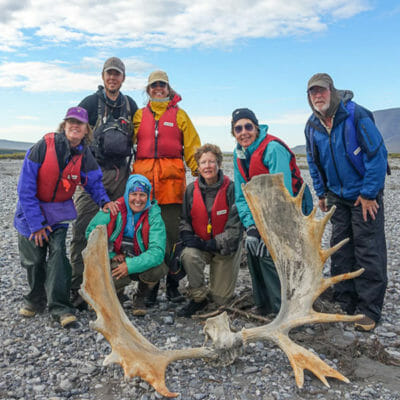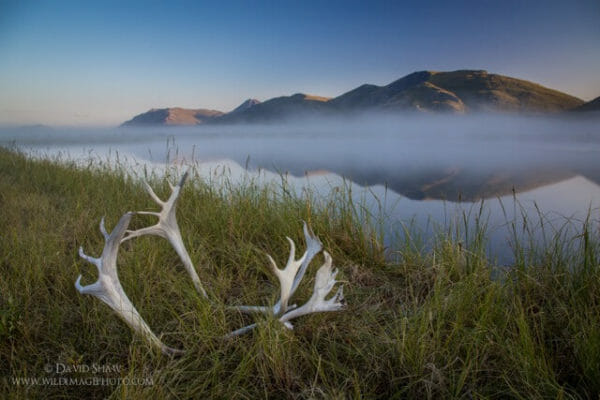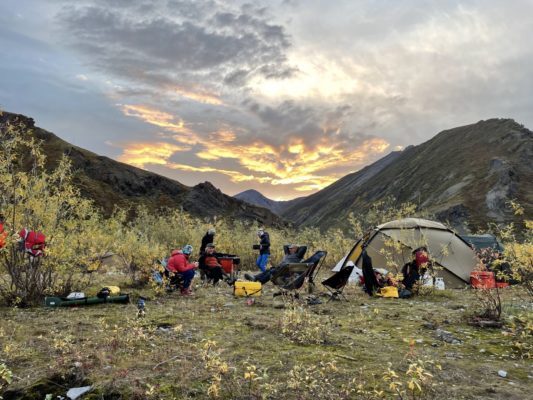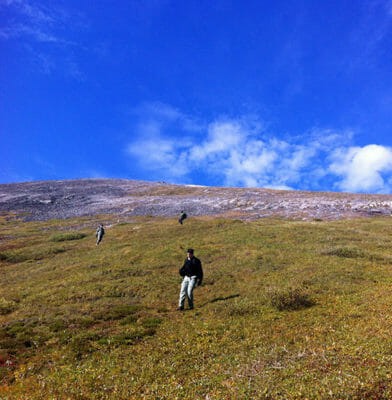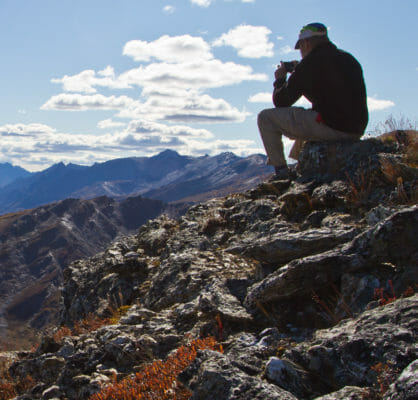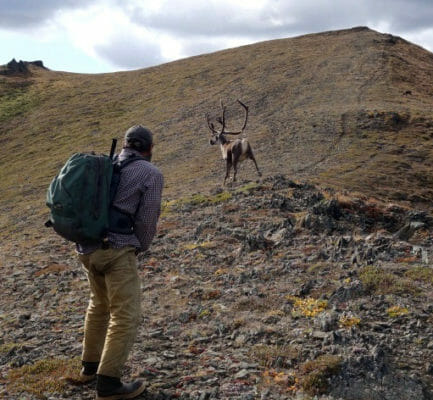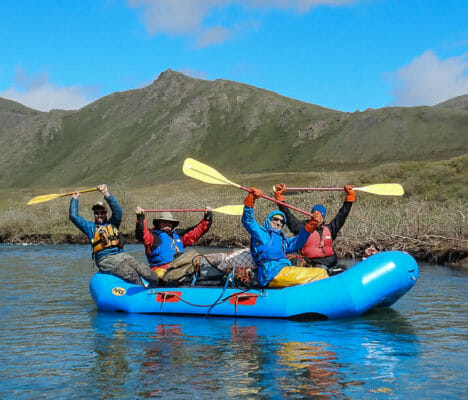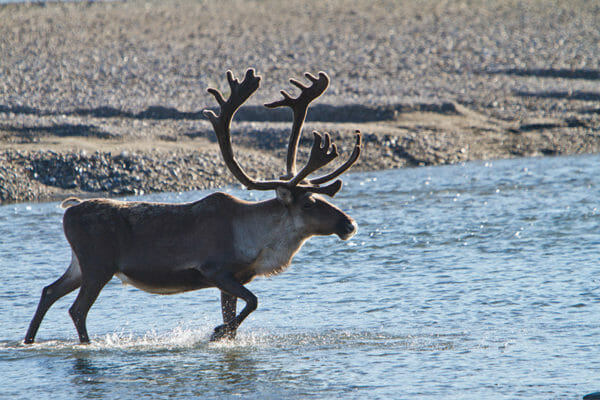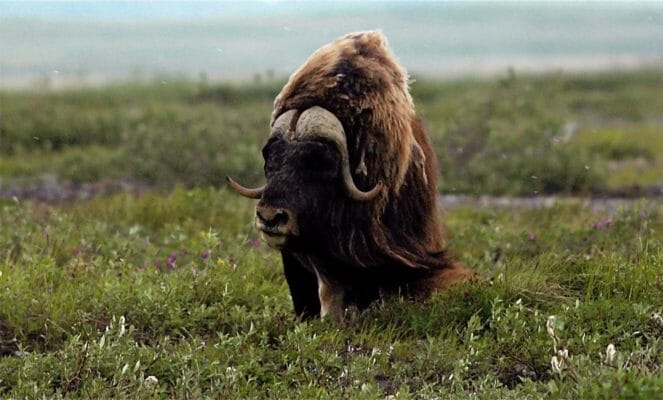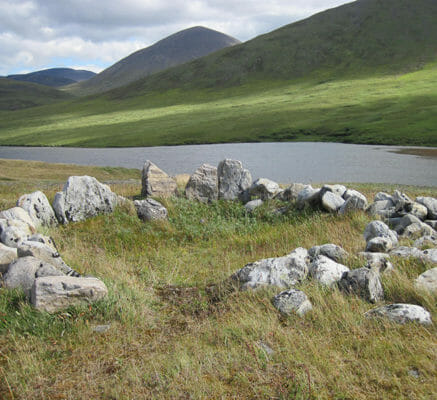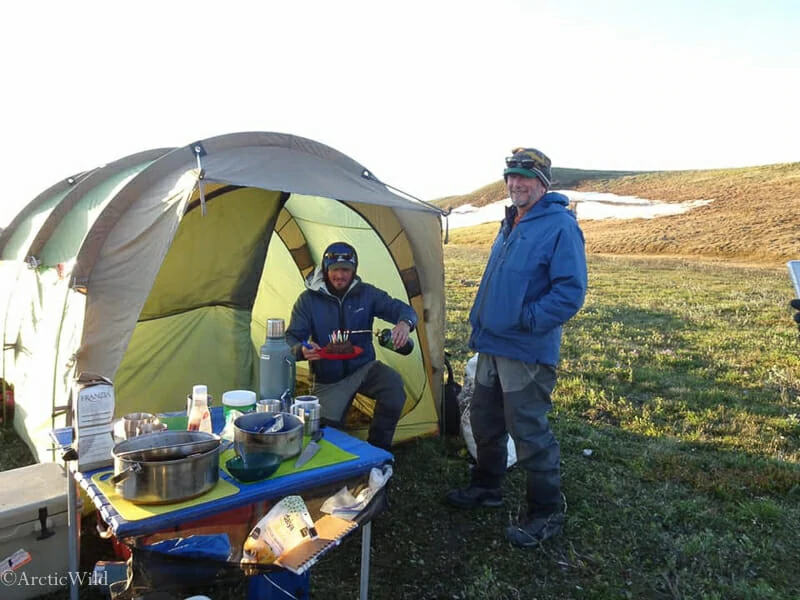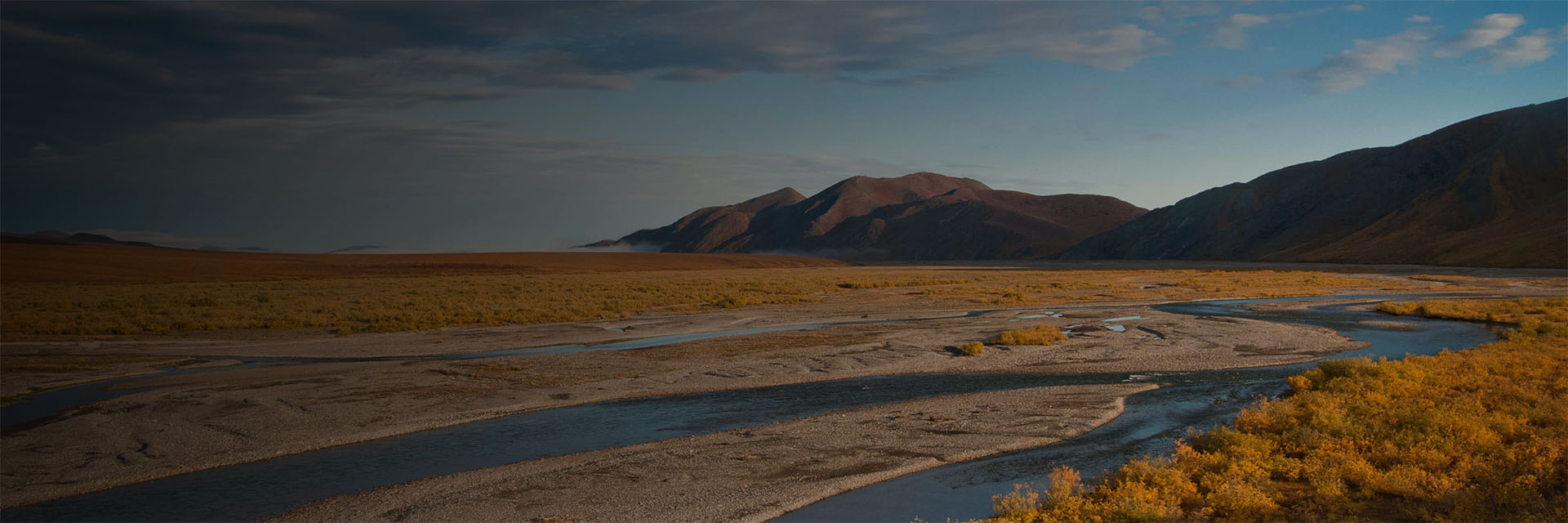Last updated: August 10, 2025
Itinerary
What follows is a general flow of events. Expect the unexpected and prepare to be flexible.
August 16
Meet with your guide at 4:00 pm for a pre-trip meeting in Fairbanks at Arctic Wild headquarters.
August 17
Fly north from Fairbanks across the Yukon River, then over the southern flanks of the Brooks Range and northwest into Gates of the Arctic National Park and the remote Nigu River.
We intend to land near the headwaters, but the level of the river will dictate what is possible. After unloading the airplane and carrying our gear to the river, we will make camp on a nice gravel bar with views of mountains all around.
August 18
We spend the day getting to know the Arctic. After breakfast, we head into the mountains on foot. Sandbars show the tracks of caribou, moose, and maybe wolves or bears. The tundra is soft underfoot and rich with a variety of plants and berries.
After a relaxed picnic lunch and plenty of time to enjoy the mountain views, we will make our way back towards the river and camp. In the evening, we will prepare our boats for the river. You are welcome to help or explore on your own.
August 19 - 20
Breaking camp takes some time early in the trip, but with 20 hours of daylight, there is no hurry. When we get the boats loaded and complete our safety briefing, we push out into the current.
The current is swift so we can cover several miles before lunch without trouble. If conditions are good, we will make it about 15 miles this first day. When we see wildlife, we can pull ashore and get out the spotting scope and binoculars.
August 21
Another day on the river. We have miles to cover, but there is time for a nice hike at lunch and ample opportunities for bird watching, fishing, or other diversions.
August 22
Time to hike. There are mountains to climb for views of the Brooks Range. There are lakes with drive lines and tent rings and who knows what else. Everywhere we look, there is the possibility for wildlife sightings. We have a full day to explore and enjoy the Nigu.
August 23
Another day on the river. The river has grown and gains speed as we cruise past tall bluffs and permafrost banks. The mountains are behind us and the views to the north are inspiring and expansive.
August 24
Near the confluence with the Etivluk River, there is a dragon’s back-shaped ridge running perpendicular to the river. The rock spires host nesting falcons and hawks and ancient hunters built small caves in the rock. Cloudberries abound and the ridge stretches endlessly to the west. If conditions permit, we will spend a full day exploring along the ridge.
August 25 - 26
The Etivluk isn’t a lot bigger than the Nigu, but the sky feels bigger once the two rivers join and we emerge from the mountains. Permafrost bluffs crisscrossed with ice wedges tower above the clear waters and the peat smells of the Pleistocene. We tend to see lots of wildlife on this stretch of river and will keep our eyes peeled as we round bend after willow lined bend. We will also pass a spot along the river which is the farthest place from any road or village in the country. The pinnacle of remote wilderness.
August 27
Kingkak Mountain rises like an island in a sea of tundra and beckons the adventurous. Closer to camp, there is excellent birding and berry picking amongst the creeks and ponds.
August 28 - 29
A final day of paddling on the Etivluk River brings us to the largest river in Arctic Alaska. The Kuukpik River (Colville River) flows north from the western Brooks Range collecting tributary after tributary from Gates of the Arctic and surrounding wildlands. It is several times the size of the Etivluk and significantly faster too.
Our last day of rafting will be spent speeding down the Kuukpik watching colorful rocks whiz beneath the boat and raptors swirl above. Enormous gravel bars and abundant firewood from the willow thickets make camping on the Kuukpik a treat.
August 30
We spend the morning listening for our plane. When, weather permitting, it arrives we load our gear and reluctantly head towards Fairbanks. A hot shower is in order.





